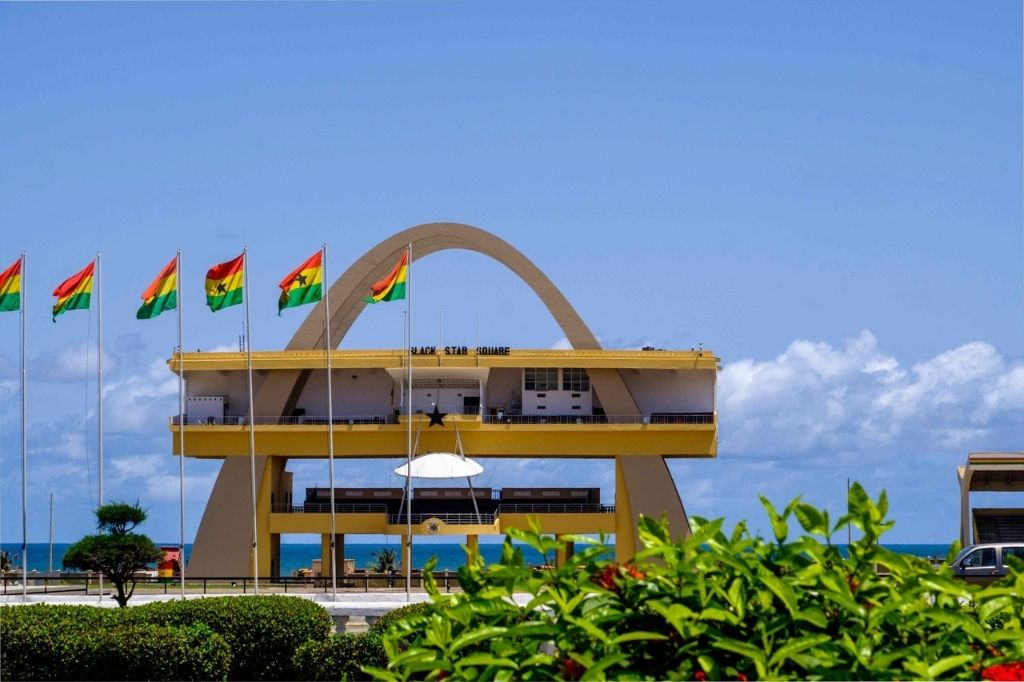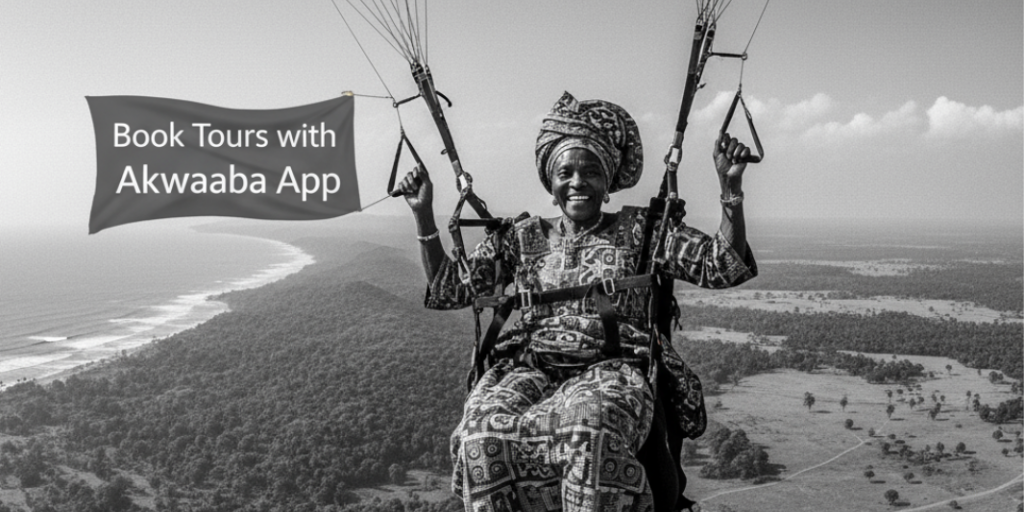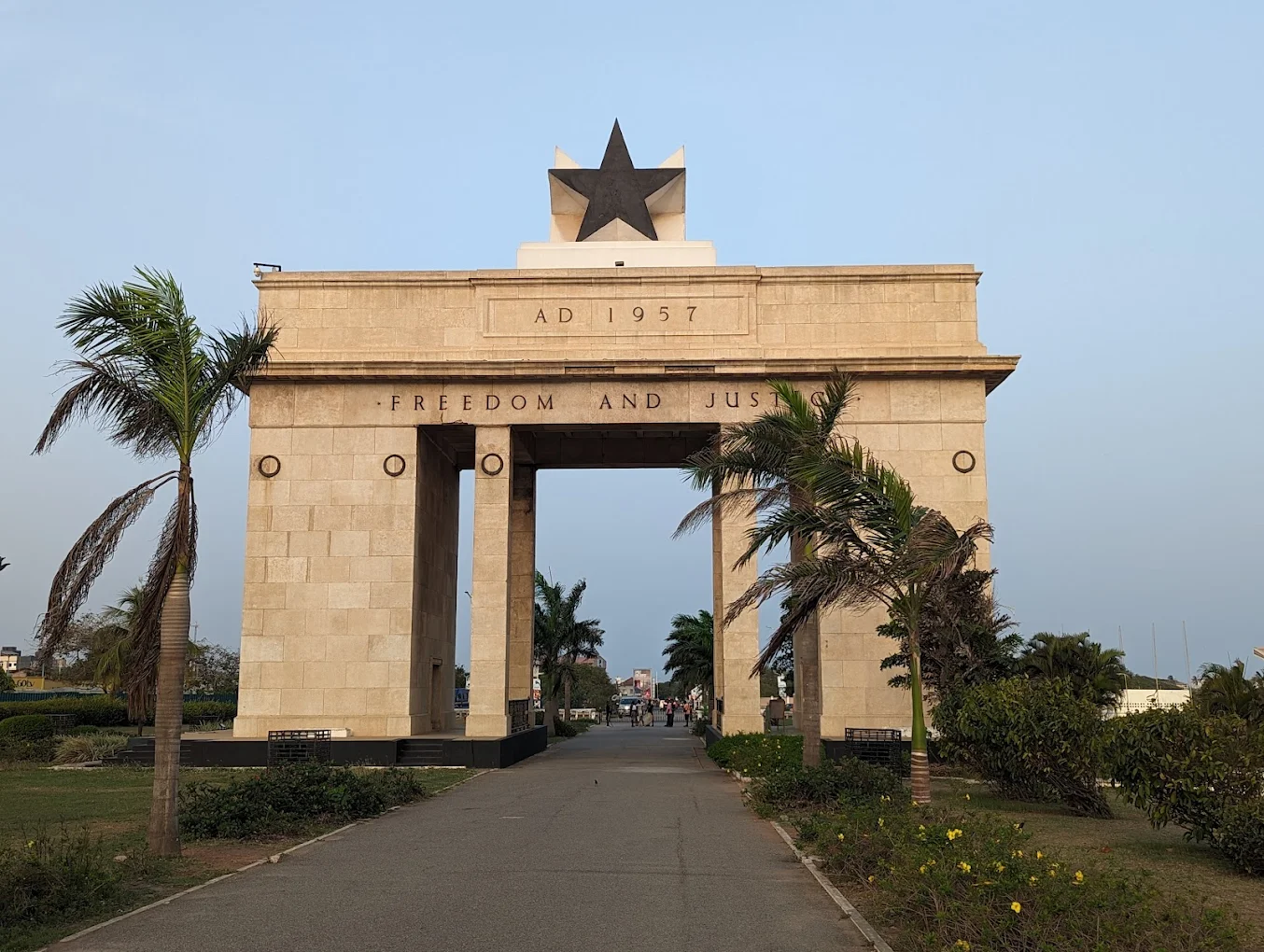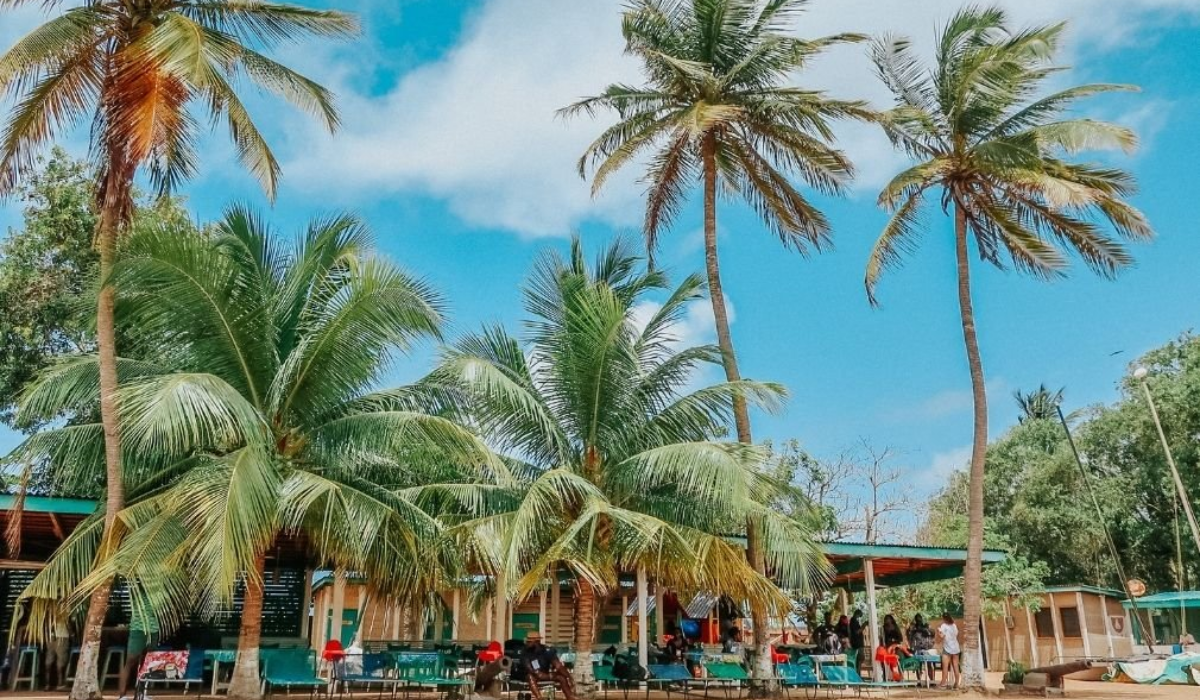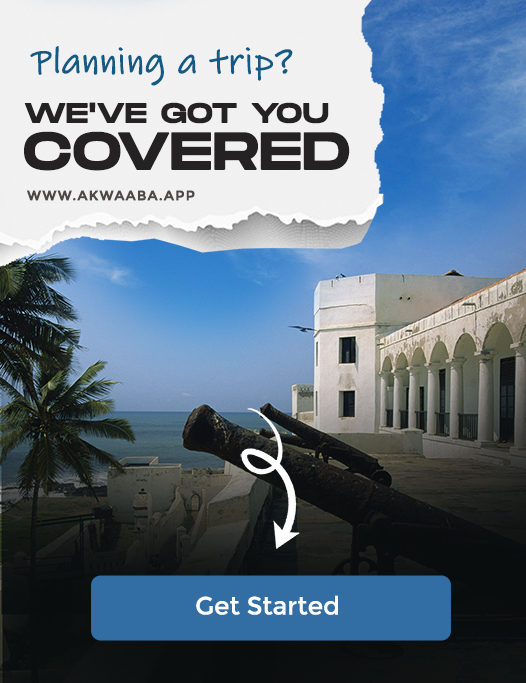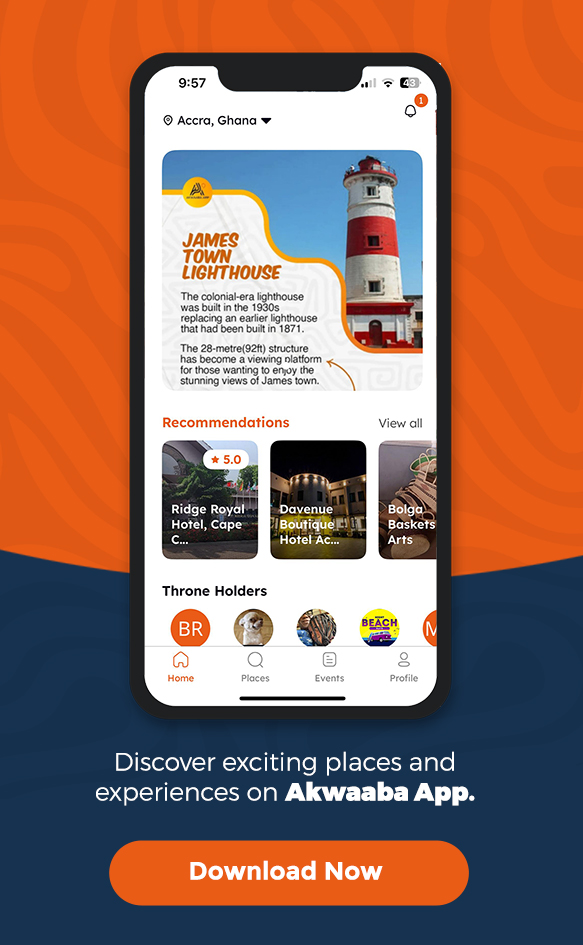Let’s See Ghana Through New Eyes—Yours.
Ghana, located in West Africa, is a country with a rich history and culture. Accra is one such destination that invokes the spirit of freedom for all who seek it, connecting people of African descent from the Caribbean, the Americas, and Europe to their history, albeit tainted occasionally. Several historic sites and landmarks in this West African nation provide fascinating glimpses into the nation’s past. There are many stunning historical sites in Ghana, from castles to mosques.
A tour of Ghana’s rich history is a must-do for adventure and culture lovers. Here are a few historical sites in Ghana that capture the colourful past of the country perfectly, taking you back in time and giving you a sense of its heart.
1- Cape Coast Castle
Cape Coast Castle is one of the most iconic symbols of the transatlantic slave trade. It was constructed by the Swedish in 1653 and later controlled by the British. It served as a major hub for enslaved Africans before they were transported to the Americas. Many forcibly evicted individuals took their final steps out of the castle’s dungeons, known as the “Door of No Return.”
Strong stone walls and watchtowers designed into the castle ensured that it could withstand attacks and prevent escapes. The dungeons are stark and haunting, with narrow passages that lead enslaved people to the ships. Among its features is a museum that tells the story of slavery, including educational exhibits and personal stories of those who suffered there.
2- Elmina Castle
Elmina Castle, built by the Portuguese under King John II in 1482, is the oldest European building south of the Sahara. In the early days of the slave and gold trades, it was the primary Portuguese trading post before other European powers established their forts. It has thick walls, battlements, and a chapel in the classic Portuguese architectural style. It was transformed over the centuries by the Dutch, who took control in the 17th century. There are also living quarters for the European traders inside the building, as well as dungeons where enslaved Africans were held.
It is also a UNESCO World Heritage Site and a significant pilgrimage site for descendants of enslaved Africans. It hosts annual events such as the Transatlantic Slave Trade Commemoration, fostering dialogue and reflection.
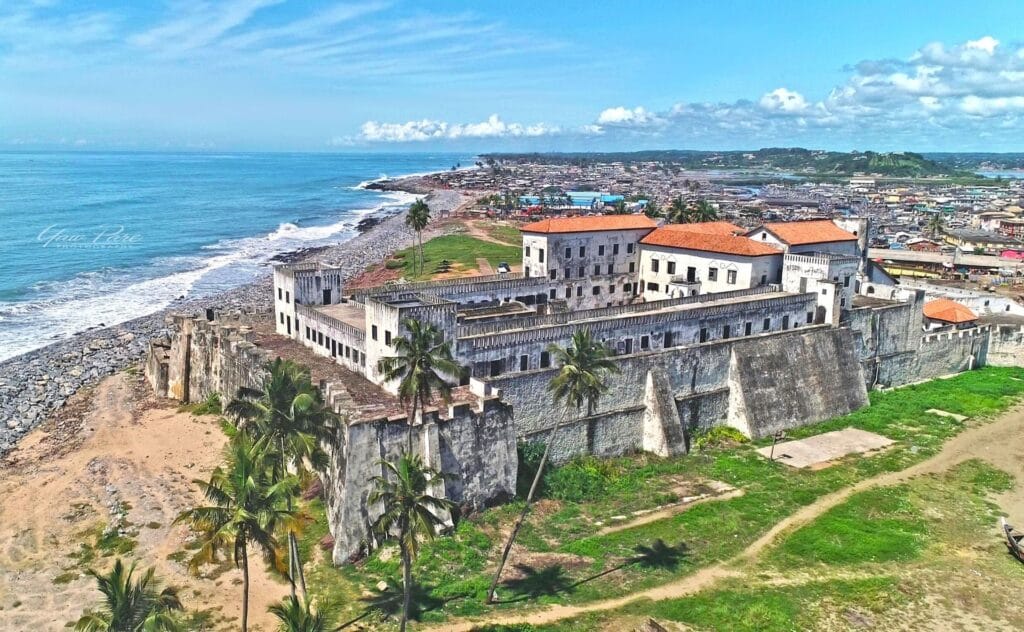
3- Kwame Nkrumah Memorial Park
Ghana’s first president, Kwame Nkrumah, a symbol of Africanism, was the inspiration behind its building, which commemorates his final resting place. It is located in downtown Accra, where rare artefacts tell the story of Ghana’s struggle to become independent from colonialism. Visitors are taken through the history of the sub-Saharan struggle for independence, leaving them with a spirited sense of victory and political awareness.
This mausoleum was designed by Don Arthur and represents an upside-down sword, which is a symbol of peace in Akan culture. A black star symbolizes unity at the apex of the monument, which is layered from top to bottom with Italian marble. There is also marble flooring inside the Mausoleum, as well as a mini mastaba-looking marble grave marker surrounded by river-washed stones.
The Great Kwame Nkrumah Museum contains his personal belongings, including books he wrote and photographic archives. In addition to his photographs with Pope Pius XII, Queen Elizabeth II, President John Kennedy, and others, the museum also has a unique photo collection featuring Nkrumah with other renowned leaders.
📲 Plan It All with Akwaaba App !
Skip the back-and-forth. With the Akwaaba App, you can:
✅ Build a custom itinerary plan.
✅ Book local tours and transportation
✅ Get verified homestays, eco-lodges, or guesthouses
✅ Access community tips and last-minute event updates
✅ Volunteer through registered nonprofits with a few taps
4- Osu Castle
The Osu Castle, also known as Christiansborg Castle or Fort Christiansborg, was constructed in the 17th century and is located on the shores of the Gulf of Guinea, in the midst of Osu’s lively township. Originally built by the Danes, Osu Castle has been occupied by Denmark, Norway, Portugal, Akwamu, Britain and Ghana after independence.
As part of Ghana’s 60th-anniversary legacy, the castle was turned into a Presidential Museum. The building contains historical artifacts and unique possessions of past presidents that provide guests with a glimpse into Ghana’s history.
5- W.E.B. Du Bois Center
William Edward Burghardt Du Bois was an African-American sociologist, historian, and civil rights activist whose works are commemorated at the W.E.B. Du Bois Center. After becoming a citizen of Ghana, Du Bois continued to advocate for African unity and Pan-Africanism until he died in 1963.
Located in Du Bois’s former home, the centre reflects his personal life and intellectual interests meticulously preserved. He also contributed to sociology, was active in the Pan-African movement, and interacted with Ghanaian leaders such as Kwame Nkrumah. It serves as a bridge between African and African-American histories as a research institute and museum. This organization promotes scholarship, hosts conferences, and offers resources on Du Bois’ legacy and racial equality, as well as African diaspora studies.
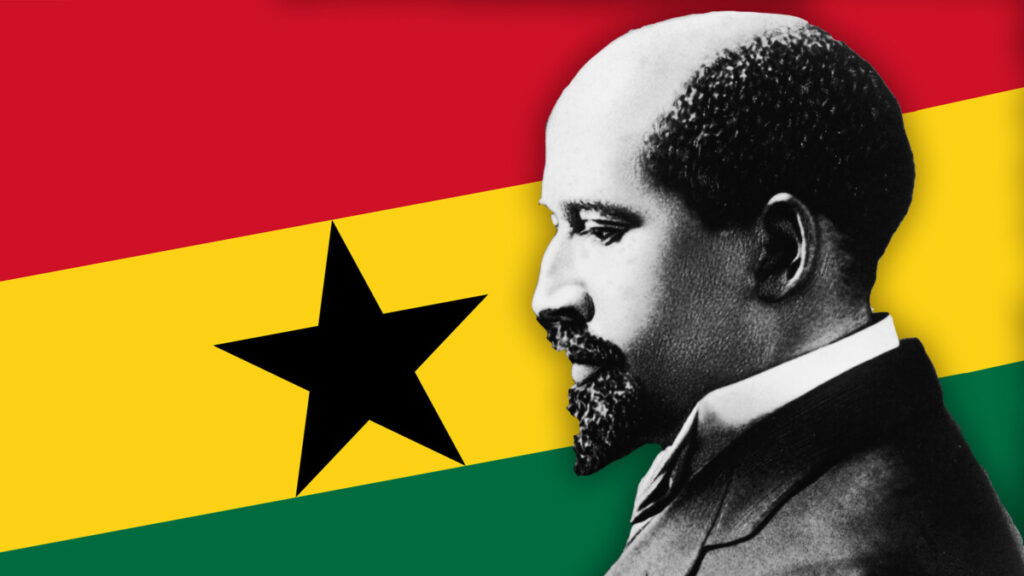
6- Jamestown Lighthouse
Jamestown Lighthouse is not a more traditional tourist attraction, but a walking tour of the fishing community in which the lighthouse stands often leads tourists to explore its surroundings. With its red and white colours, the Jamestown Lighthouse stands out against Accra’s blue skies, offering panoramic views of the city and the surrounding area.
It was originally built by the British in 1871, and later replaced by the current structure. It offers a 28-meter-high vantage point to view Accra from above, before continuing to experience the pulse of the area below.
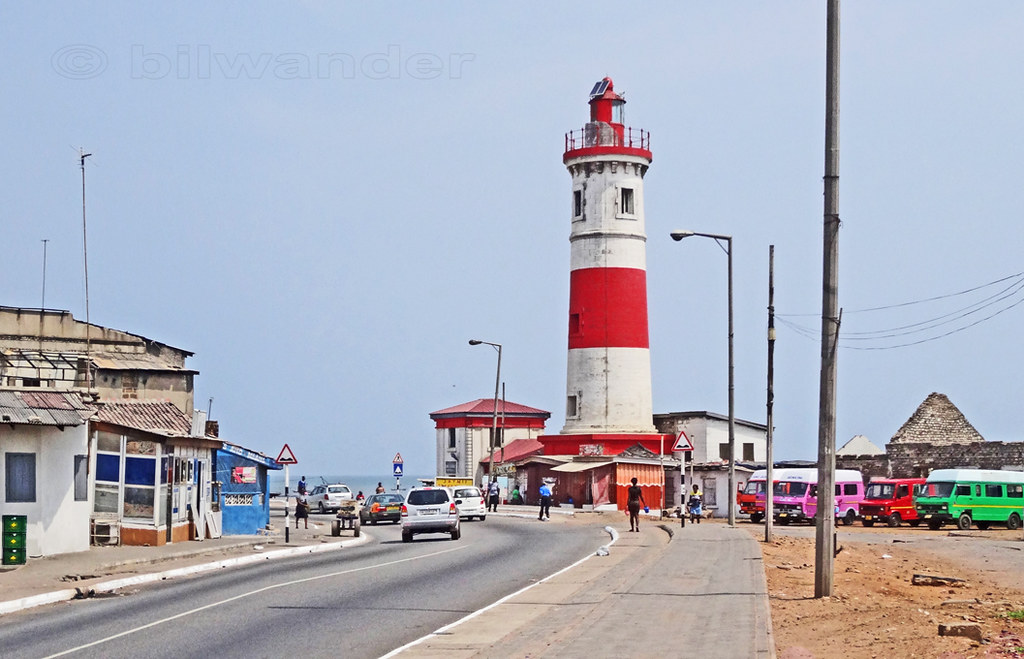
7- Larabanga Mosque
Located in Northern Ghana, the Larabanga Mosque holds great historical significance. Constructed in the 15th century, it is one of West Africa’s oldest mosques. Its mud walls and conical tower are characteristic of Sudano-Sahelian architecture. The mosque has intricate carvings that add to its ornate beauty. Both Ghanaians and international Muslims pay attention to the Larabanga Mosque. This prestigious mosque provides West African Islamic education and conducts religious services as part of its spiritual significance.
There is more to the architecture of the Larabanga Mosque than just its religious significance. It showcases the culture and architecture of West Africa. This mosque is a must-see for history, culture, and architecture enthusiasts. Its timeless beauty and profound spiritual significance make it one of Ghana’s most important historic sites.
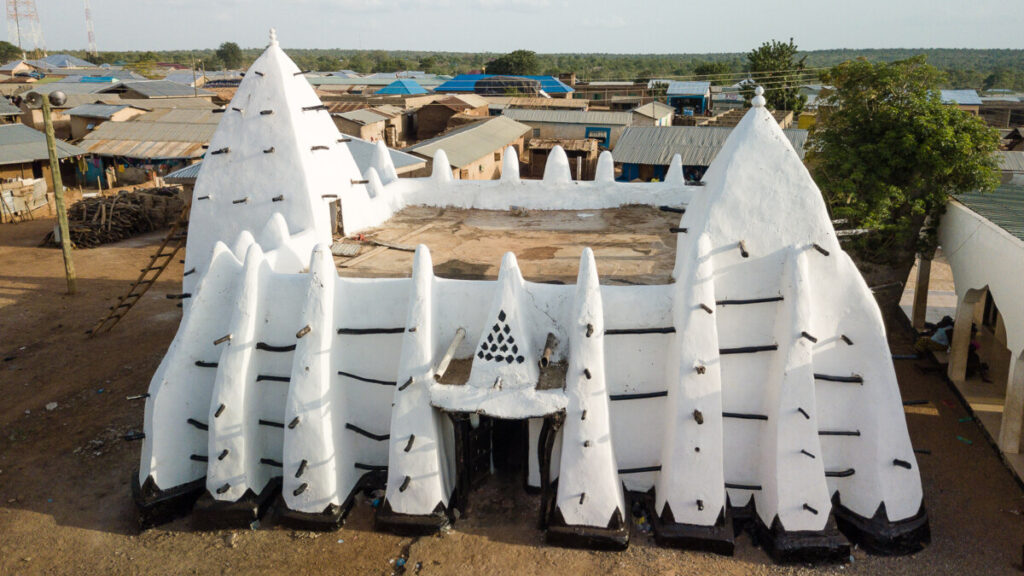
8- Independence Square
Ghana’s Independence Square, also known as Black Star Square, was established in 1957 to commemorate Ghana’s independence from British rule. The square also features an eternal flame that Nkrumah himself lit after he commissioned its construction in 1961.
If you visit Accra at the time of one of the nation’s most prolific events that bring citizens together, such as the Independence Day Celebrations on March 6th, you’ll likely observe military and civic parades, as well as a variety of cultural performances as throngs of people attend these events. Additionally, the Liberation Day Monument, the Independence Arch, and the Black Star Monument are located in the square, representing Ghana’s struggle for independence and liberation. There is also a statue of a soldier facing the Independence Arch, in memory of Ghanaians who died during the independence struggle.
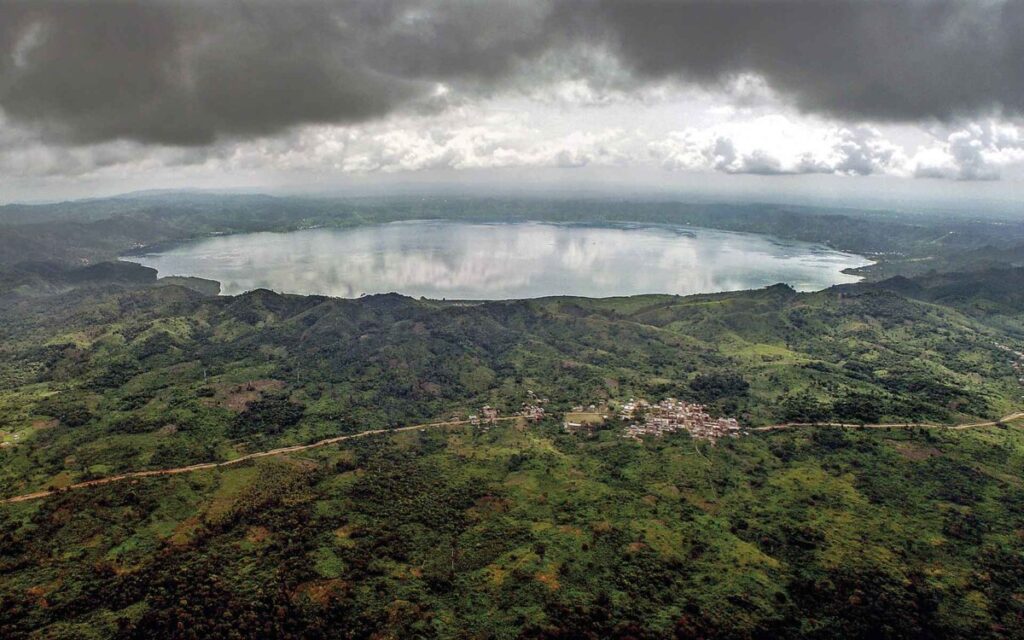
9- Lake Bosomtwe
A natural lake formed within a meteorite impact crater, Lake Bosomtwe is one of the few in the world. It is estimated to have been created around 1.07 million years ago. Culturally, it is significant to the Ashanti people, who regard it as a sacred site associated with their first king, Osei Tutu.
Lake Bosomtwe is renowned for its stunning natural beauty and biodiversity, surrounded by lush forests and rolling hills. It is a source of freshwater and sustains various species of fish, making it important to the local economy and ecology. Culturally, it plays a central role in Ashanti rituals and festivals, such as the Akwasidae festival, in which the Ashanti king reaffirms the lake’s spiritual significance.
A popular eco-tourism destination, Lake Bosomtwe offers boating, fishing, and birdwatching activities. Known for its unique geological formation and serene environment, it attracts both scientists and nature lovers. A continual effort is being made to preserve its ecological balance so that future generations will be able to enjoy the lake’s benefits.
10- Salaga Slave Market
Historically, Salaga town in northern Ghana was a major market center for enslaved Africans from the Sahel region. There are still traces of this human tragedy at the Salaga slave market, slave wells, and cemetery. Salaga offers a unique historical experience, unlike the more developed coastal sites.
The slave wells, where captives were washed before sale, remain intact around the otherwise unremarkable town square. It creates a powerful moment of reflection when everyday life continues in spaces of historical trauma. It is Salaga’s subtle presentation of history that attracts many visitors more than more developed museums.
There are unmarked graves in the nearby slave cemetery of those who did not survive captivity or the journey south. Throughout generations, local guides have shared oral histories about the market’s operations and resistance efforts. It is rare to find these stories in written histories, but they offer an essential perspective on the past.
How to Make the Most of Your Historical Journey Through Ghana?
When you come prepared, exploring Ghana’s historical sites will be more enjoyable. With Akwaaba, you will have access to practical travel tools as well as cultural and historical context to enhance your journey. Use the app to access offline maps, translation services, and background information on each site before you go.
Plan your visits according to the weather. In the dry season, coastal locations like Pikworo and Salaga experience extreme heat during midday. Using Akwaaba’s app, you can explore each location comfortably at the best time of year based on seasonal advice.
A local guide can support communities and provide insights written materials might miss. Often, the guides have family stories or traditional knowledge about these historical sites. You can book certified guides in advance using the Akwaaba app trip planner , which includes region-specific tipping guidelines. It is crucial to photograph sites with respect, especially when they are connected to painful history. Historical sites, especially sacred spaces or places of special sensitivity, prohibit photography entirely.
Conclusion:
In Ghana, historical sites are more than just tourist attractions – they are living classrooms where the past meets the present. There is a global resonance to these stories of resistance, resilience, and cultural continuity in the dungeons of Cape Coast Castle and Elmina Castle. Akwaaba connects visitors with local communities, provides a deeper context for historical treasures, and streamlines practical aspects of travel. This app honours Ghana’s heritage and forward-looking spirit by combining technology with tradition.
You will find profound experiences that challenge and inspire whether you are a history enthusiast, a diaspora visitor seeking connections, or a curious traveller visiting Ghana’s historic sites. We can navigate the present and build a more just future by understanding the past preserved in these places. Experience Ghana’s rich history with the Akwaaba app. Your adventure awaits
